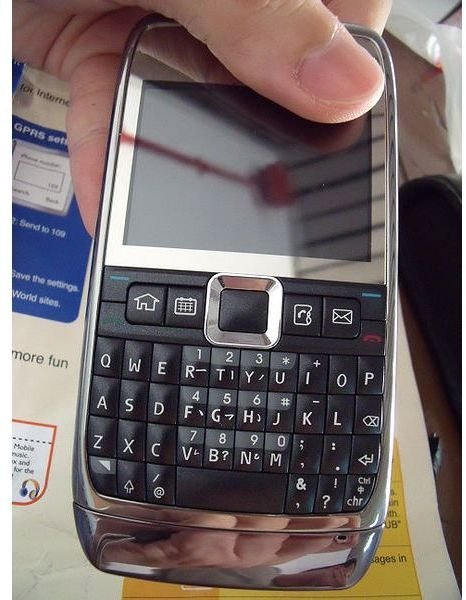An Overview of the Nokia iPad lawsuit
Overview of U.S. Legal Action
Nokia and Apple are no strangers when it comes to courtroom encounters. In the past, Nokia has launched two different lawsuits
against its adversary, charging Apple with violating 17 Nokia patents. These earlier suits, together with a counter-suit by Apple, have been approved by the International Trade Commission (ITC) and appear to be awaiting disposition.
Now, Nokia has launched a third effort against Apple seeking to force Apple to end its alleged practice of illegally using Nokia’s technologies involving antennas, signal modulation, and geo-locations. In this additional case, Nokia alleges that five additional patents it holds have been violated by Apple.
Nokia says that Apple is generating illicit profits because it does not have to recover development costs of the technology used to build its devices.
It is unclear whether or not Nokia will also file a complaint with the ITC in tandem with the current court case.
Image Credit: Wikimedia Commons/Kcdtsg
International Legal Action
Adding to the complexity of its legal strategy against Apple, Nokia filed suit against Apple In Germany, Great Britain, and The Netherlands for similar patent violation allegations as were filed in the United States.
With nearly two dozen patent accusations already on file either in U.S. courts or with the U.S. ITC, Nokia apparently wants to make sure no stone is left unturned by taking its case before European courts that may be more sympathetic to the Finnish company. In these actions, Nokia adds a list of 13 additional patents that it says Apple has violated, seeking punitive and compensatory damages from the iPad maker.
Patents involving touch user interfaces, application stores, chipsets, illuminated displays, caller ID, and antenna designs.
Nokia is not expecting a rapid resolution with its European cases, although it hopes to receive the attention of at least one court before the end of 2011.
What the Nokia iPad Lawsuit Means to Users
Patent litigation in the wireless communications industry seems to come with the territory. Although Nokia’s claims against Apple are expansive, they should not have any immediate impact on the pricing or availability of Apple devices. If Nokia wins in court, the impact could be devastating.
Take Nokia’s claim to a patent on touch/swipe user interfaces, which the company says it filed a decade before the iPhone ever came on the scene. If the courts ruled against Apple in such a case, Nokia could earn licensing fees for every single iPhone, iPad, and iPod Touch that has ever been manufactured, plus punitive damages. Such a ruling could even bring an end to the entire line of Apple’s iOS-powered devices.
Any number of victories by Nokia in its legal action against Apple could easily result in an overnight competitive advantage for Nokia. Not only would the company find itself awash in cash, it could be encouraged to pursue claims against the manufacturers of other smartphone devices, putting the entire industry in a chaotic state.
If Nokia wins its legal actions against Apple, technology users should expect to pay higher prices for Apple mobile devices, and have a more difficulty finding them available for sale.
On the other hand, if Nokia loses its suits or - even worse - if Apple wins its counter suits against Nokia, the company could suffer a major public relations loss, face millions of dollars in legal fees, and find it even more difficult to maintain its position as the world’s number one handset manufacturer.
References
Keizer, Gregg. “Nokia targets Apple’s iPad in new lawsuit”, https://www.computerworld.com/s/article/9176429/Nokia_targets_Apple_s_iPad_in_new_lawsuit
Huuhtanen, Matti, “Nokia’s Apple patent lawsuit heats up”,https://www.huffingtonpost.com/2010/12/16/nokia-apple-patent-lawsuit_n_797687.html
